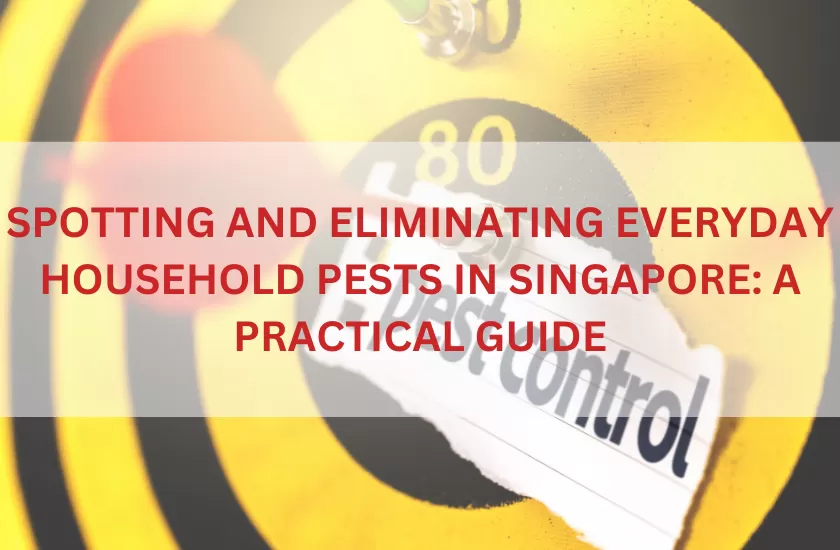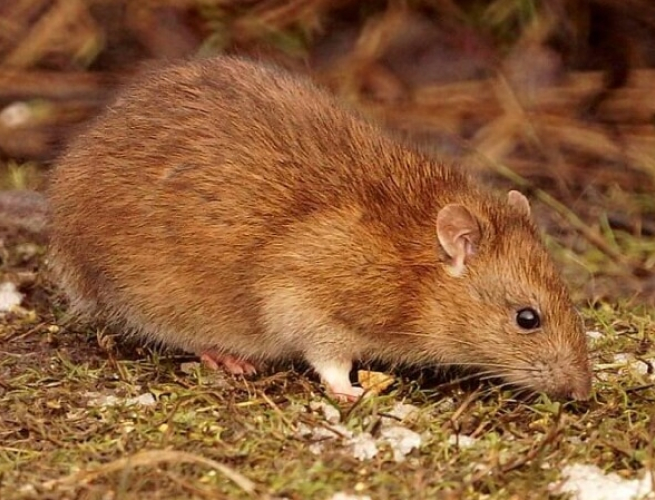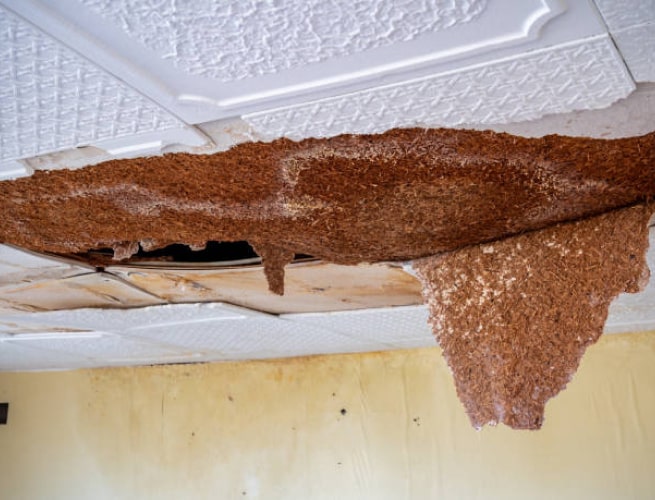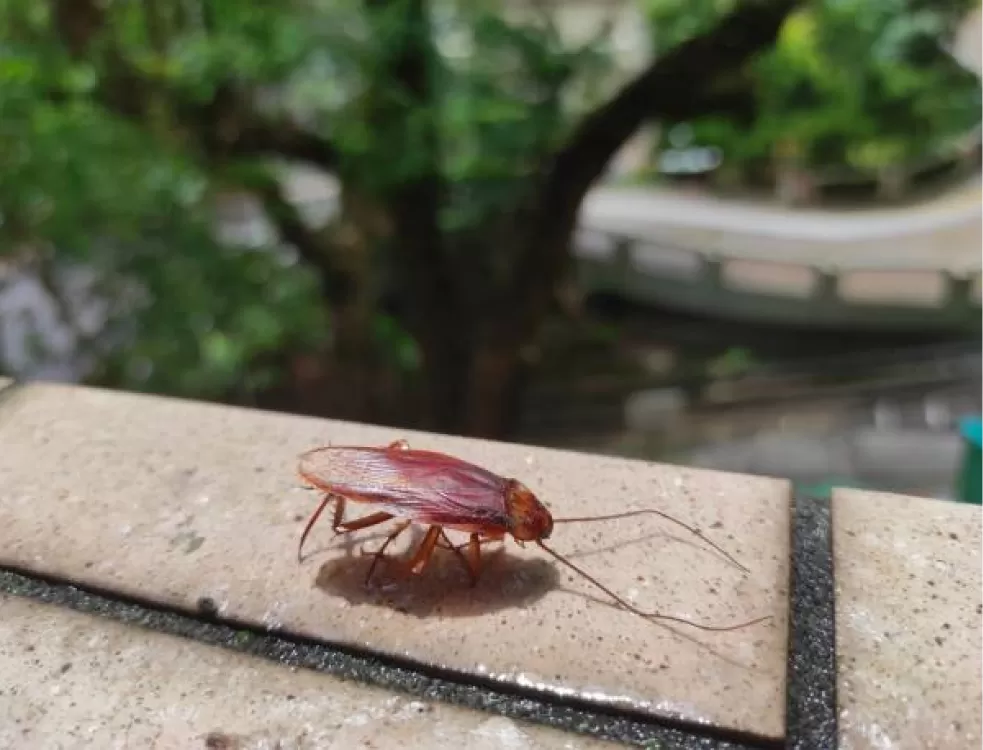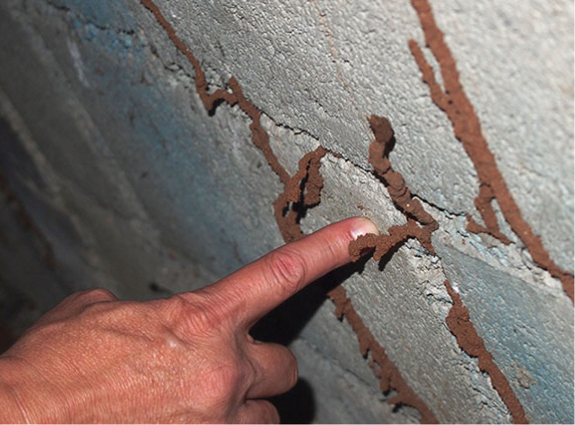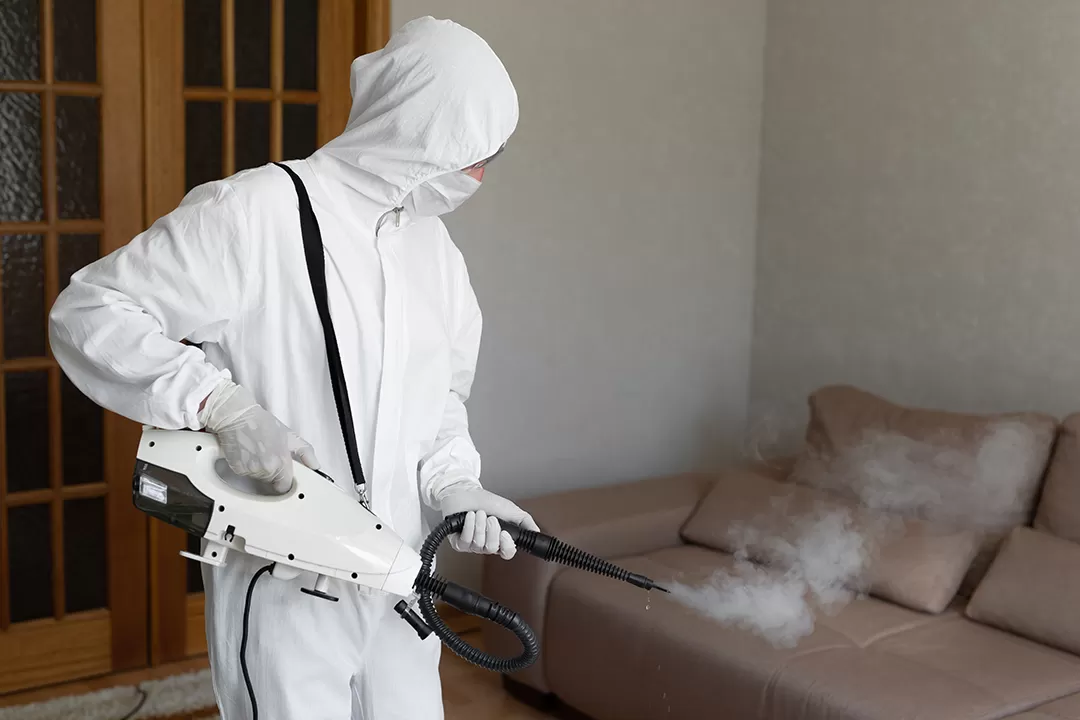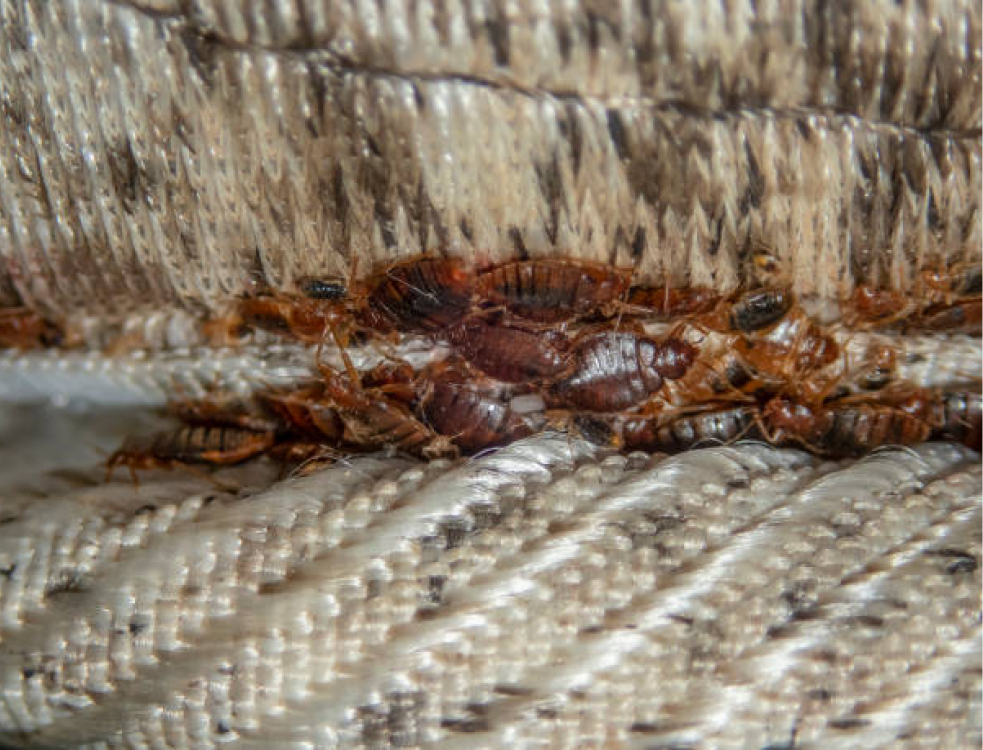Singapore, a tropical paradise with lush greenery and a warm, humid climate, is home to a wide variety of household pests. While the city-state’s natural beauty is a point of pride, the same conditions that support its flora and fauna also create ideal environments for pests. From the common ants and cockroaches to more problematic infestations like termites and bedbugs, these pests can pose significant challenges to homeowners. In this guide, we will explore the most common household pests in Singapore, how to spot them, and practical methods for eliminating them.
1. Ants
Identifying Ants
Ants are one of the most common household pests in Singapore. They often invade homes in search of food, especially sweet and greasy substances. These small, industrious insects can form long trails as they march to and from their nest.
Ants typically enter homes through cracks in walls, floors, or windows. Some species commonly found in Singaporean homes include the ghost ant, pharaoh ant, and crazy ant. The ghost ant is very small and pale, making it difficult to spot, while pharaoh ants are light brown and known for their stubborn colonies. Crazy ants, named for their erratic movement, are dark brown or black.
Preventing and Eliminating Ants
Preventing ant infestations begins with good housekeeping. Ensure that all food is stored in airtight containers, clean up spills immediately, and regularly dispose of garbage. Seal any cracks or entry points where ants might enter.
To eliminate ants, follow the ant trail to locate the source of the infestation. Use ant baits, which the workers will carry back to the nest, effectively poisoning the entire colony. For more extensive infestations, consider using insecticide sprays or calling in professional pest control services.
2. Cockroaches
Identifying Cockroaches
Cockroaches are another common pest in Singapore, thriving in warm, moist environments. These nocturnal insects are known for their resilience and can spread bacteria, contaminate food, and trigger allergies.
The most common species in Singaporean households are the American cockroach, the German cockroach, and the Oriental cockroach. The American cockroach is large, reddish-brown, and can fly short distances. The German cockroach is smaller, light brown, and often found in kitchens and bathrooms. The Oriental cockroach is dark brown to black and prefers cooler, damp areas.
Preventing and Eliminating Cockroaches
To prevent cockroach infestations, keep your home clean and free of food debris. Regularly take out the trash, fix leaky pipes, and ensure that your home is well-ventilated. Cockroaches are also attracted to warmth, so be mindful of keeping appliances and other heat sources clean.
To eliminate cockroaches, use bait stations, gel baits, or sticky traps to reduce their population. Insecticide sprays can also be effective, especially when applied directly to hiding spots. For severe infestations, professional pest control may be necessary, as cockroaches can be difficult to eradicate completely.
3. Termites
Identifying Termites
Termites are highly destructive pests that can cause significant structural damage to homes. They feed on wood and other cellulose-based materials, often going unnoticed until the damage is severe.
In Singapore, the most common types of termites are subterranean termites and drywood termites. Subterranean termites live in the soil and build mud tubes to access wood, while drywood termites infest wooden structures directly without the need for soil contact.
Signs of a termite infestation include hollow-sounding wood, visible mud tubes, discarded wings, and small piles of frass (termite droppings).
Preventing and Eliminating Termite
Preventing termite infestations involves reducing moisture around your home, as termites are attracted to damp environments. Repair any leaks, maintain proper drainage, and keep wood away from soil contact.
To eliminate termites, it’s best to seek professional help, as they require specialized treatment. Pest control experts may use soil treatments, baiting systems, or fumigation to eradicate the infestation. Regular inspections by professionals are also recommended to detect and prevent future infestations.
4. Bed bugs
Identifying Bed bugs
Bed bugs are small, reddish-brown insects that feed on human blood. They are notorious for being difficult to spot and even harder to eliminate. Bed bugs are typically found in mattresses, bed frames, and other furniture, where they come out at night to feed.
Signs of a bed bug infestation include itchy red bites on your skin, bloodstains on sheets, and the presence of small, dark spots (bedbug excrement) on bedding or furniture.
Preventing and Eliminating Bedbugs
Preventing bed bug infestations involves being cautious when bringing used furniture into your home and inspecting hotel rooms for signs of bed bugs before unpacking. Regularly wash and heat-dry bedding and vacuum your home frequently, paying special attention to cracks and crevices.
Eliminating bed bugs is a challenging process that often requires professional intervention. Pest control professionals may use heat treatment, insecticides, or a combination of methods to eradicate bed bugs. Thorough cleaning and repeated treatments are usually necessary to ensure complete elimination.
5. Mosquitoes
Identifying Mosquitoes
Mosquitoes are more than just a nuisance; they are carriers of diseases such as dengue fever, Zika virus, and chikungunya. Singapore’s tropical climate provides an ideal breeding ground for mosquitoes, particularly the Aedes mosquito, which is the primary vector for these diseases.
Mosquitoes lay their eggs in stagnant water, and their larvae develop into adults in as little as a week. Common breeding sites include flower pots, clogged drains, and any containers that collect water.
Preventing and Eliminating Mosquitoes
Preventing mosquito infestations requires eliminating standing water around your home. Regularly check and clear gutters, drains, and containers that may hold water. Use mosquito screens on windows and doors, and consider using mosquito repellent or insecticide-treated nets, especially during peak mosquito activity times.
To eliminate mosquitoes, use insecticide sprays or fogging in areas where mosquitoes are present. Larvicides can also be used in stagnant water sources to kill mosquito larvae before they become adults. Community efforts, such as participating in national anti-mosquito campaigns, can also help reduce the overall mosquito population.
6. Rodents
Identifying Rodents
Rodents, such as rats and mice, are common pests in Singapore. They are highly adaptable and can cause significant damage to homes by gnawing on wires, insulation, and food supplies. Rodents are also known carriers of diseases like leptospirosis and salmonella.
Signs of a rodent infestation include droppings, gnaw marks, urine stains, and the sound of scratching or scurrying within walls or ceilings. Rodents are nocturnal and tend to be more active at night.
Preventing and Eliminating Rodents
Preventing rodent infestations involves sealing entry points, such as gaps in walls, doors, and windows. Keep food stored in sealed containers and ensure that garbage is disposed of properly. Regularly clean your home, especially areas where food is prepared and consumed.
To eliminate rodents, use traps, such as snap traps, glue traps, or electronic traps, in areas where rodent activity is observed. Bait stations containing rodenticides can also be effective but should be used with caution, especially in homes with pets or children. For severe infestations, professional pest control services may be required to identify and eliminate the source of the problem.
7. Flies
Identifying Flies
Flies are common household pests that can contaminate food and spread diseases such as cholera, typhoid, and dysentery. In Singapore, house flies and fruit flies are the most prevalent species found in homes.
House flies are attracted to decaying organic matter, garbage, and food, while fruit flies are often found near ripe or rotting fruit, vegetables, and fermented liquids. These pests can quickly multiply, leading to a significant infestation if not controlled.
Preventing and Eliminating Flies
Preventing fly infestations begins with good sanitation practices. Ensure that food is covered or stored in sealed containers, clean up spills immediately, and dispose of garbage regularly. Keep doors and windows closed or use screens to prevent flies from entering your home.
To eliminate flies, use fly traps, such as sticky traps, light traps, or fly ribbons, in areas where flies are present. Insecticide sprays can also be effective, but care should be taken to avoid contamination of food and surfaces. For fruit flies, eliminate their breeding sites by discarding overripe fruit and cleaning drains where they may lay eggs.
8. Silverfish
Identifying Silverfish
Silverfish are small, wingless insects with a silvery-gray color and a fish-like appearance. They are often found in damp, dark areas such as bathrooms, basements, and kitchens. Silverfish feed on starchy materials, including paper, glue, and fabrics, which can result in damage to books, wallpaper, and clothing.
These pests are elusive and tend to be more active at night, making them difficult to spot. Signs of a silverfish infestation include damage to paper products, yellow stains, and the presence of small, pepper-like droppings.
Preventing and Eliminating Silverfish
Preventing silverfish infestations involves reducing humidity levels in your home by using dehumidifiers and ensuring proper ventilation. Keep areas prone to moisture, such as bathrooms and basements, dry and clean. Store books, papers, and clothing in airtight containers to protect them from silverfish.
To eliminate silverfish, use insecticide sprays or dusts in areas where silverfish are likely to hide. Sticky traps can also be effective in capturing silverfish. Additionally, natural remedies, such as diatomaceous earth, can be used as a non-toxic option to kill silverfish.
9. Spiders
Identifying Spiders
While spiders are generally beneficial due to their role in controlling other insect populations, they can become a nuisance when they infest homes in large numbers. In Singapore, common household spiders include the house spider, cellar spider, and jumping spider.
Spiders are typically found in dark, undisturbed areas such as basements, attics, and corners of rooms. Signs of a spider infestation include the presence of webs, egg sacs, and sightings of spiders themselves.
Preventing and Eliminating Spiders
Preventing spider infestations involves reducing clutter, vacuuming regularly, and sealing cracks and gaps around windows and doors. Keep outdoor lights off or use yellow bulbs, as these are less attractive to insects, which in turn reduces the likelihood of attracting spiders.
To eliminate spiders, use a vacuum to remove webs, egg sacs, and any visible spiders. Insecticide sprays can be used in areas where spiders are likely to hide, but care should be taken to avoid exposure to pets and humans. For more severe infestations, professional pest control services may be necessary.
10. Lizards
Identifying Lizards
Lizards are commonly found in Singapore homes, particularly the house gecko. While these reptiles are generally harmless and help control insect populations, their presence can be unsettling for some homeowners. Lizards are typically seen on walls, ceilings, and near light sources, where they hunt for insects.
Signs of a lizard infestation include droppings, shed skins, and sightings of lizards themselves.
Preventing and Eliminating Lizards
Preventing lizard infestations involves reducing the availability of their food sources, such as insects. Keep your home clean, seal entry points, and use screens on windows and doors. Additionally, reducing outdoor lighting or using insect-repelling bulbs can help deter lizards.
To eliminate lizards, use sticky traps or repellents, such as mothballs or commercial lizard repellents, in areas where lizards are commonly seen. Natural remedies, such as placing eggshells or garlic cloves around the home, are also believed to repel lizards.
11. Booklice
Identifying Booklice
Booklice, also known as psocids, are tiny insects commonly found in humid environments like homes in Singapore. Despite their name, booklice aren’t actually lice; they got their name because they’re often found around books, paper, and other moldy or damp materials. These pests are typically pale white, gray, or light brown, and their size ranges from 1 to 2 millimeters, making them difficult to detect.
Booklice thrive in warm, moist areas and feed on mold, mildew, and fungi, which makes them common in kitchens, bathrooms, or areas with poor ventilation. Although they do not bite or transmit diseases, they can become a nuisance if left unchecked, particularly when they infest stored food or books.
Preventing and Eliminating Booklice
Preventing booklice infestations starts with controlling moisture levels in your home. Ensure proper ventilation in humid areas like the kitchen, bathroom, and attic. Using a dehumidifier or air conditioner can help maintain a dry environment, which makes it difficult for booklice to survive. Additionally, check for mold growth, as this is a primary food source for these insects.
To eliminate booklice, begin by thoroughly cleaning any infested areas. Wipe down shelves, walls, and surfaces with a mixture of water and vinegar to kill mold and mildew. Discard any contaminated food items and store dry goods in airtight containers. In severe cases, consider using insecticidal sprays or calling in professional pest control services to eradicate the infestation fully.
Conclusion
Household pests are a common challenge for homeowners in Singapore due to the city-state’s tropical climate and urban environment. By understanding how to identify, prevent, and eliminate these pests, you can protect your home from infestations and the damage they can cause.
Good housekeeping, regular maintenance, and prompt action are key to keeping your home pest-free. While many pests can be managed with DIY methods, don’t hesitate to call in professional pest control services for severe or persistent infestations. With vigilance and the right strategies, you can enjoy a comfortable, pest-free living environment in Singapore.

